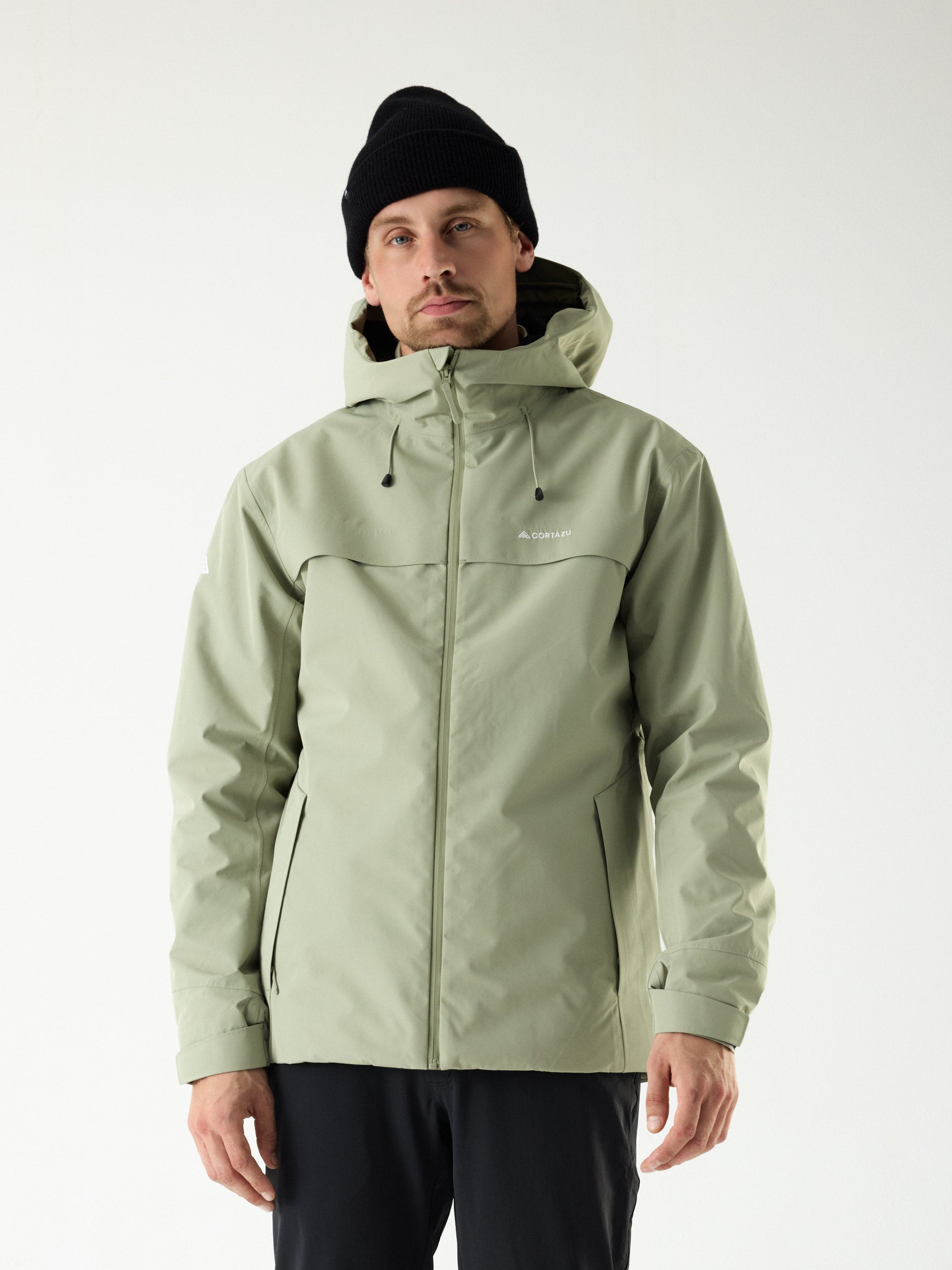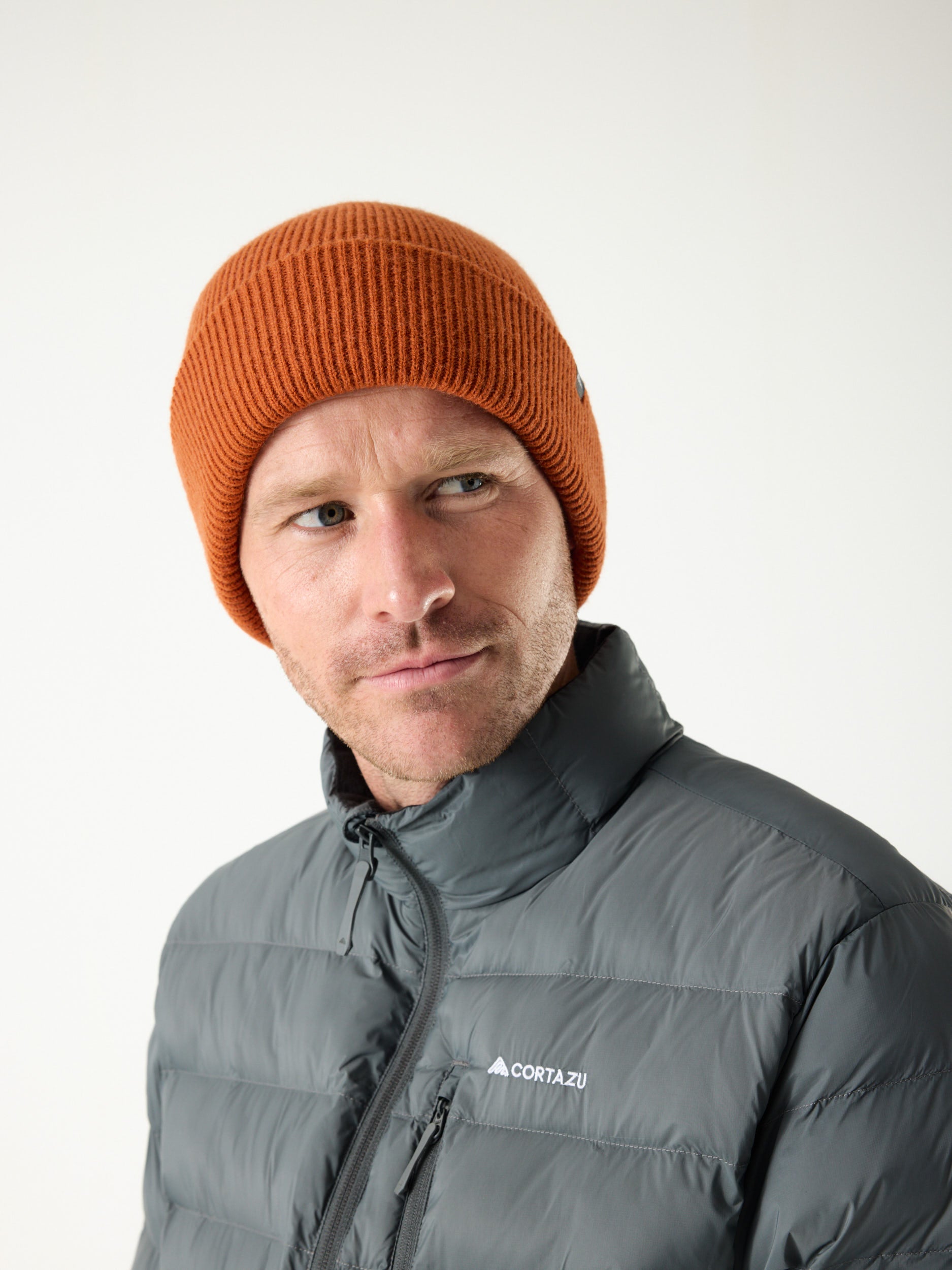Can you take your dog hiking with you? Remember I’m talking about hiking with your dog here, not just walking. Hiking is more than 6 miles (10 km) over a few hours of walking, sometimes with a difference in altitude and even over several days in an itinerant hike.
Hiking with your dog: Is it a good idea?
First of all, before starting out, you will have to choose a hiking route. When choosing your hiking route, remember to choose it according to your abilities.
2,300 ft (700m) of ascending elevation over 6 miles (10 km): if your dog suffers from pain in the hips, it is a very bad idea.
Is your dog rather athletic or does he prefer to cocoon?
Is he in good shape or is he having health problems?
Also, consider your dog’s physical abilities when selecting your playground.
If your dog is not athletic, abandon the idea of hiking with him. He’ll suffer too much!
Once you’re on the way, you’ll have to assume responsibility and be competent because if your dog is too exhausted to finish the hike, you’ll have to carry him. Take that into account!
Depending on his weight, size, age, breed, and character, hiking will be more or less activity for him.
Not all dogs are fond of hiking, much the same as with humans, by the way. So if he doesn’t like this kind of activity, don’t force him.
It should be noted that small dogs will have more difficulty climbing obstacles and those with small muzzles will quickly have breathing difficulties, for example.
But I’ve seen French bulldogs in the middle of mountains having fun like crazy, so it is important not to generalize on the subject. It depends on each dog.
In any case, hiking with your dog can be a great activity to do with your companion.
Can my dog follow me anywhere?
So you have determined your dog is qualified for hiking? Now you just have to find the ideal place.
Dogs are prohibited (even on a leash) in national parks, some regional parks and nature reserves – so as not to disturb wildlife.
Some shelters and lodgings also refuse animals. It is therefore important to find out before you leave.
Breaching these rules can result in a large fine.
For more information on the different trails in the US that allow dogs, read the article “Top Dog Friendly Trails in the United States“.
Once the region has been identified, make sure that there are no obstacles such as monkey bridges (or rope bridges), climbing zones, or cliff edge crossings.
You have to adapt to your hiking companion. It’s impossible to get a dog through these obstacles if he doesn’t fit in your backpack or if you don’t have a special harness to carry him.
Some dogs have kenophobia, a panic fear of voids. If a dog has to jump between two rocks with more than a meter of empty space, you may have to really reassure him before he decides to jump.
Some hikers have had to turn back as they didn’t have anything to carry the dog safely or to make a few miles of a detour to avoid an area that is too dangerous.
If you have a water dog, try to choose a route according to the water element. For some dogs, every time they go swimming, they recharge their batteries. It really can be surprising! A few splashes and here they are again walking in front of you more motivated than ever.
So to make him happy, try to plan your hikes to cross or run alongside a river or a lake!
Hiking with your dog with adapted gear
There are three possibilities for hiking with your dog:
- He exists in total freedom at your side which supposes that he is well-trained to return to you when you recall him.
- You practice canicross hikes: the dog helps you by being attached to you with traction equipment.
- You plan on going for several hours/days and you need your dog to carry his own equipment.
To go backpacking or hiking with your dog safely, you need a few essentials:
- water to avoid any dehydration (this is often what weighs the most)
- his collar with a tag to identify him
- his leash and/or harness to attach to him in case of danger or to cross certain protected areas or when close to a herd
- a first aid kit for cuts on his paws, insect bites, sores of all kinds and of course a list of all the veterinarians close to the area of hiking.
- his passport
- a collapsible canvas bowl for refreshment breaks
- some energetic treats for dogs in case of cravings. Dogs also suffer from cravings! Your dog will remind you often when you forget the snack breaks! Dried salmon is a good example, it stinks, but it’s high in calories!
- dog boots in case of paw injuries. If a paw pad is damaged, your dog will limp and the hike will quickly turn into an ordeal.
- a rug? Always have a microfiber towel or something similar with you so that your dog can use it as a carpet. It takes up very little space in the backpack, but, when you stop, it allows you to delimit a space for him like his carpet or bed at home. Most dogs will appreciate it very much as it will allow them to settle down and rest.
Now it’s up to you to choose whether you carry all this on your back or whether your dog can carry a little bit of it on his own back.
Know that your dog can’t carry more than 10% of his weight.
WARNING: it is also impossible to put 10% of his weight on his back without a habituation or training phase.
Before going on a hike with your dog, you will have to test the backpack on several walks with more and more weight and longer walks.
Attention, this is only possible with a dog in perfect health, without back, joint or osteoarthritis problems.
Think that your dog is like you, if you have back pain and someone made you carry 10% of your weight for several hours, what would be the result?
If you have the slightest doubt about his abilities: go to the vet for a check-up!
Go to your vet

Go to your favorite vet to check up on your dog and see with him how to make sure that he can be trained first for physical effort and then for carrying.
You will discuss the trails you want to take with the veterinarian, you will imagine the worst-case scenario for the doggy, and based on that you will create a first aid kit for your companion.
As mentioned before, for backpacks and carrying equipment for dogs, the vet will usually explain that the 10% rule for a comfort load weight is safe and that you should never exceed 20% at the risk of making your dog suffer.
Note: as for you, the less he will have on his back, the better he will be ; -)
Thus, an 36 kg (80 lb) dog could theoretically carry 3.5 kg (
6-11 lbs) without problems and a maximum of 16 lbs (7.5 kg). But there’s no question of equipping and loading it to the maximum directly! The poor thing…
So, a suggestion would be, assuming your dog is a good sport, to start with small 20-minute walks with 1 kg on his back, then progress in time, weight and distance to get him used to it.
In a small amount of time your dog will carry his bag without noticing a difference.
I insist, though, that the vet be an essential partner in adapting training.
Some dogs are more suitable for hiking than others.
Some will be comfortable over long distances, others only on short distances, some in the mountains, some in the plains.
It depends on your dog’s breed, but also its size, age, character, etc. Talk to your veterinarian!
The choice of the backpack is also essential. It must fit perfectly with your dog’s anatomy to avoid injury during exercise.
Its weight is one of the first criteria of choice and as well as the accessories.
Coming soon, I will be offering you a comparative article on several dog packs and harnesses.
Tip: Remember to wrap all that you put in your dog pack, in case of rain or if your dog jumps in the water before you have time to remove his harness: it will avoid making kibble porridge for example…
Canicross
Your dog can help you when hiking together!
Attention though, he will not be able to carry a pack AND help you at the same time.
You’ll have to choose!
Some dogs are more comfortable than others in this kind of exercise.
Some dogs feel comfortable enough to give you a pull. But others will prefer to be free, nose on the ground and sniff the good smells at will.
But in places that are a little dangerous or protected, for those dogs, it is better to have them on a leash.
For practicing canicross you will have to wear a special harness attached to an elastic lanyard attached to your dog’s traction harness.
Here again, the choice of equipment is crucial. I’ll tell you more in a future article.
The dangers of hiking with your dog
-
To hike safely with your dog, there are several points to be aware of.
Nothing really bad, just points of good sense that I prefer to repeat here just as a precaution. - You are responsible for your dog and what he does. Don’t allow him to wander around and meet all the hikers you will encounter or interact with other animals. Some mountain cows are only moderately fond of your dog sniffing their calves up close. A horn strike would be disastrous.
- Your dog must absolutely obey the recall if you want to let him loose. Some dogs have hunter instincts, others are runaways. Adapt to your dog and don’t hesitate to leash him when you approach a site with marmots, for example, or a place where some sheep or wild goats graze.
- You must absolutely refresh him and give him a bowl of water very regularly. You can also sprinkle him to avoid heat stroke. There is a cooling dog vest available that you can wet regularly. Watch out for the strong sun in the mountains, light-skinned dogs can easily get sunburned. Protect them! It’s better to start your hike early than walking under a high sun!
- Take breaks to play with him or simply rest. If you feel the need, so does he. Slow and steady wins the… you know the rest 🙂 You can even take bathing breaks or naps with your dog. He will adore them!
- Check the condition of his feet regularly! As for you in your shoes, his paws can really heat up! If you fear blisters, he also fears paw wounds. This is where the boots will be very useful in case of a glitch in a rough area. If your dog can’t put his leg down because you don’t have anything to relieve his pain, it’s back home faster than expected and the hike is over! For a quick healing, a wound under the paws is a few days of obligatory rest.
- Does your dog fit into your backpack? In case of problem, have you thought of a plan B to transport your dog?
- The mountain can be dangerous. If your dog runs in all directions, regardless of where he puts his paws and nose, he may fall into a ravine, cross the path of a nasty viper who will not hesitate to show him who’s the boss or a shepherd dog who may become very nasty if your dog goes to play in the middle of his herd. If he’s a little crazy dog, you’re gonna have to watch out for him!
- You may come across snow fields, these piles of snow are still present in some places even in the summer… Some dogs love to slide in the snow. Make sure your dog does not ingest this snow. He’d be sick for sure!
Also check out the Guide of "How to Safely Hike with Your Dog" from Ridestrail!






















